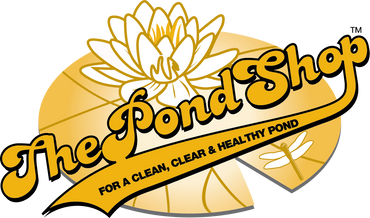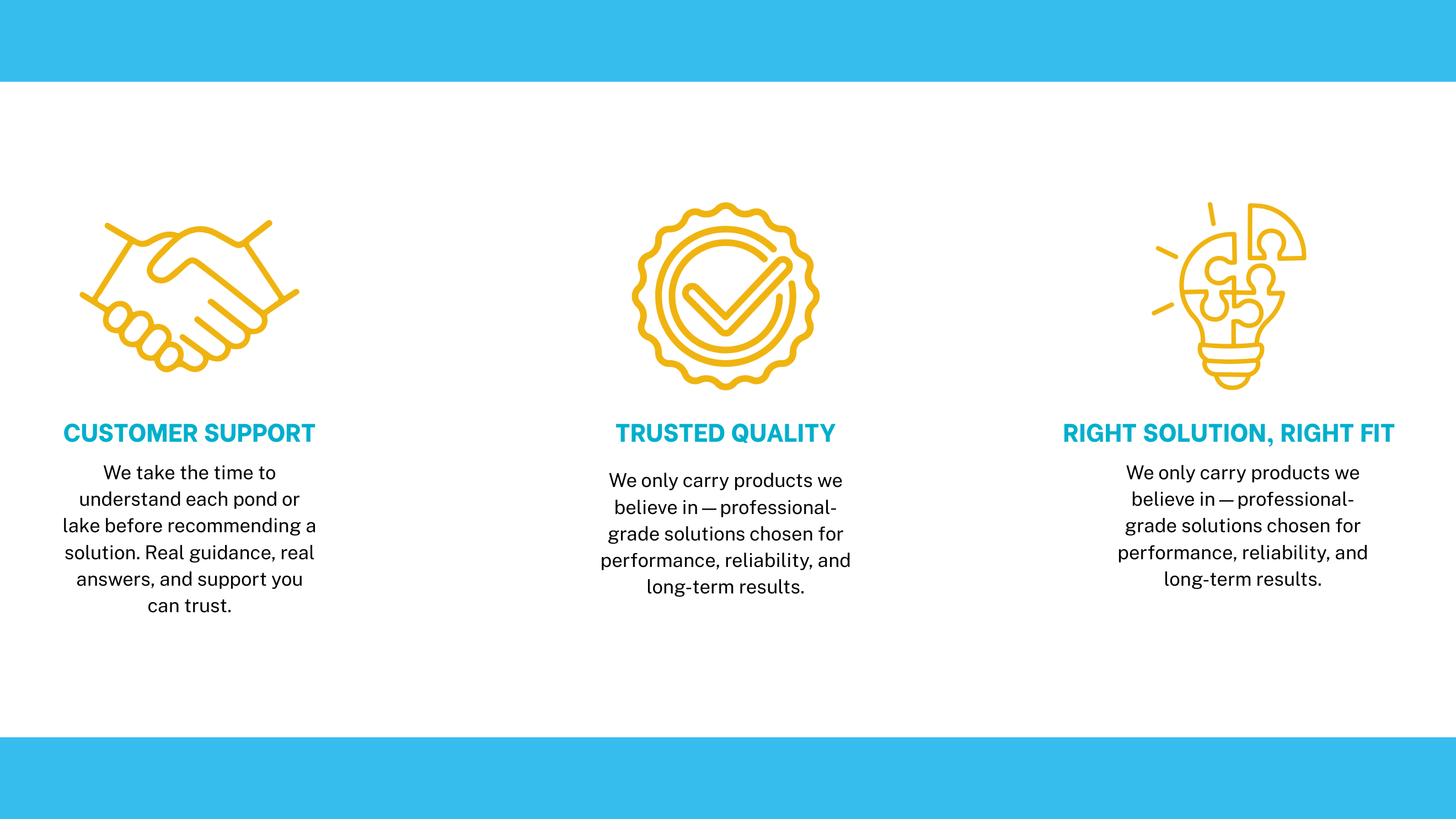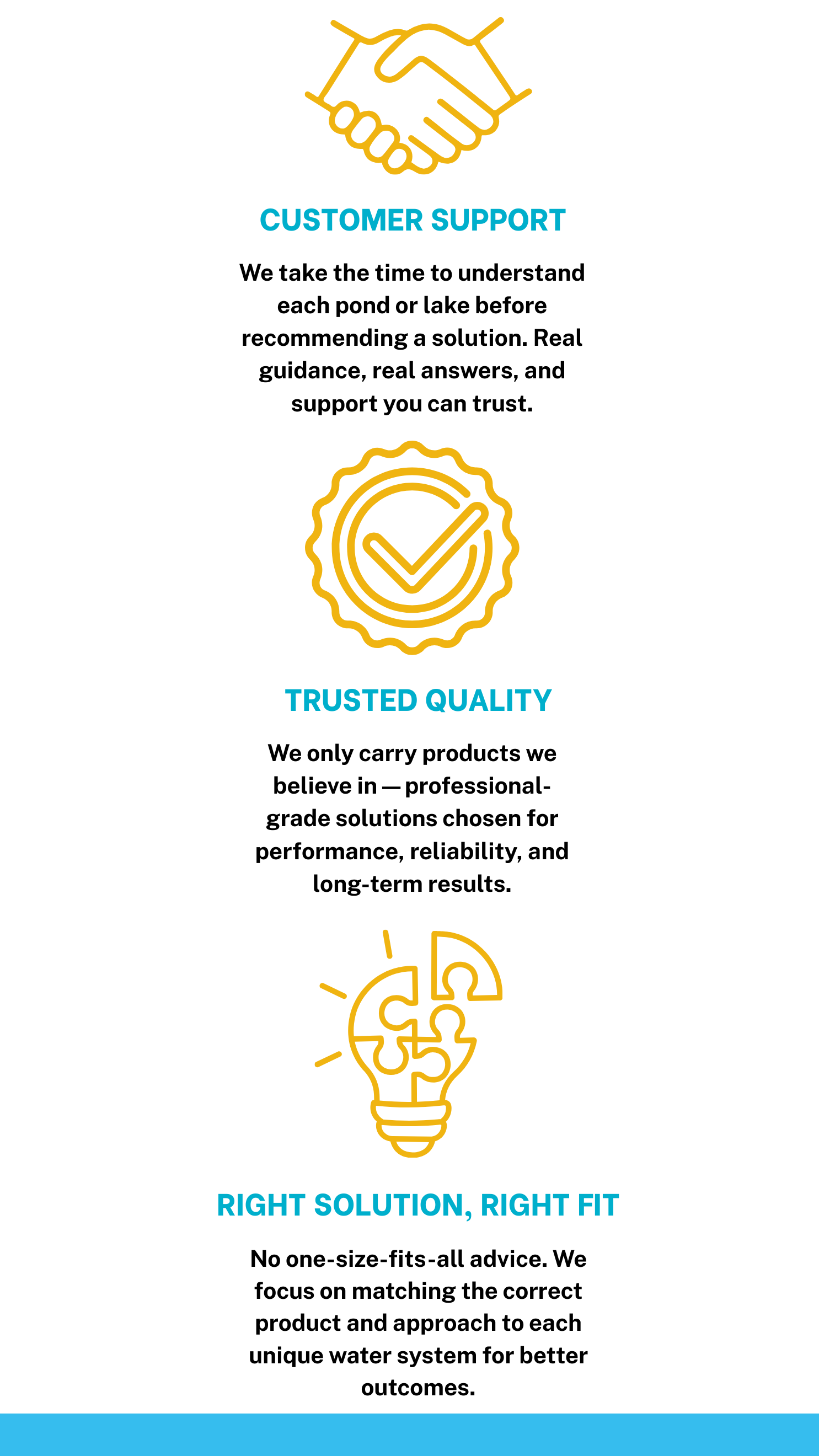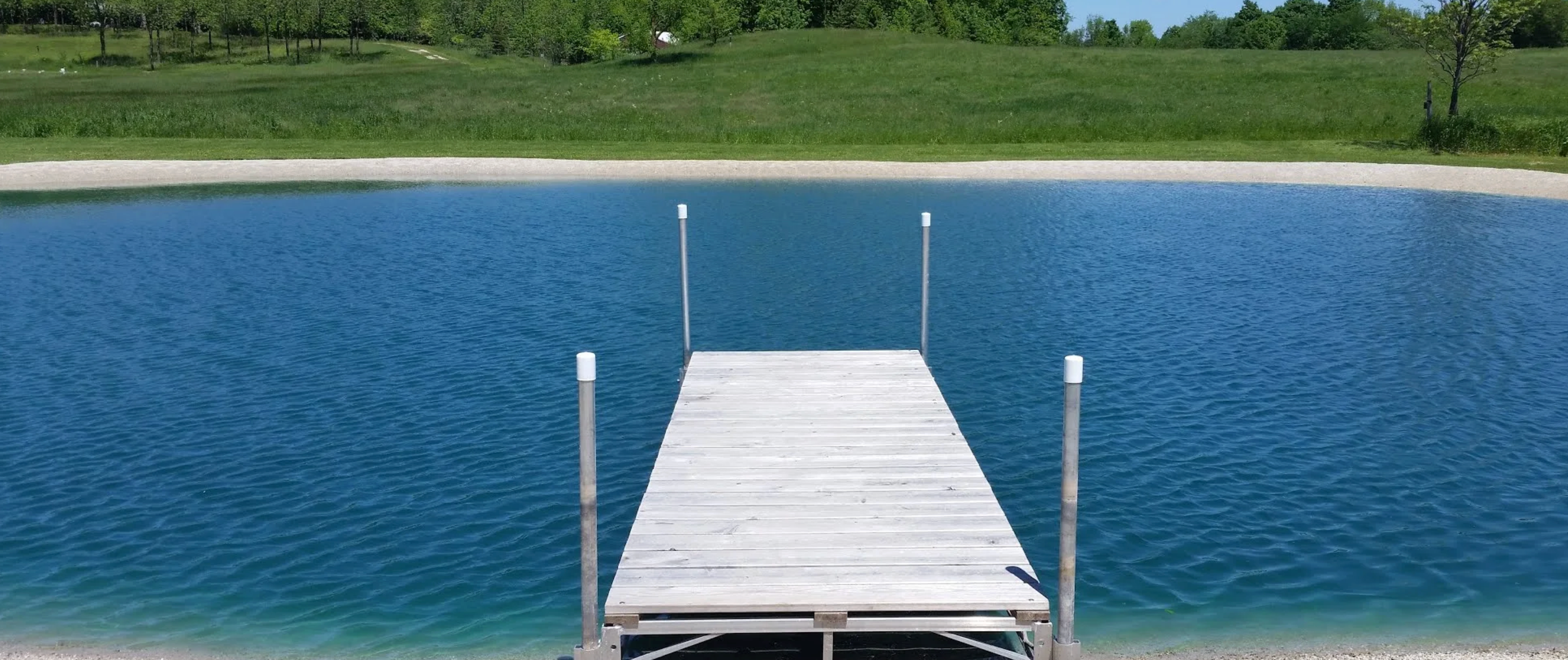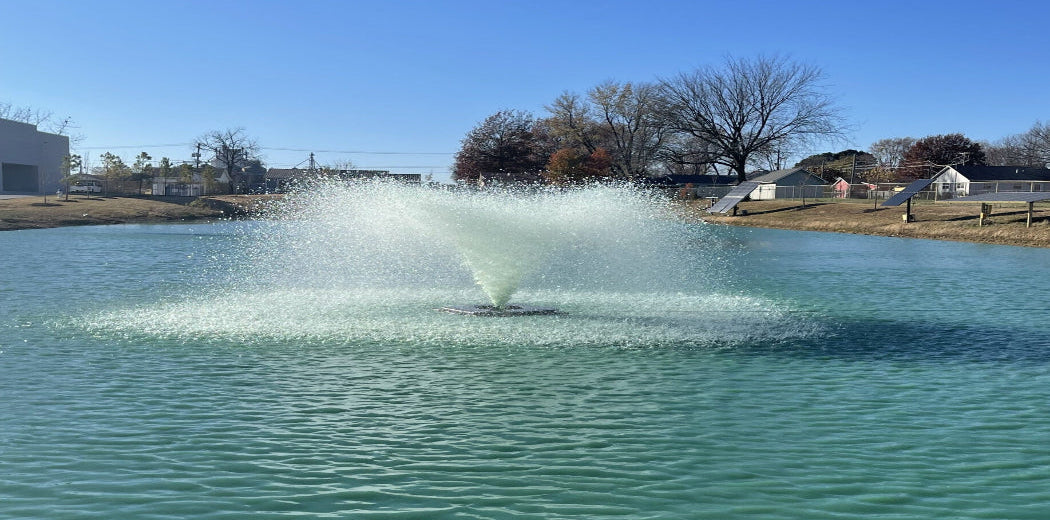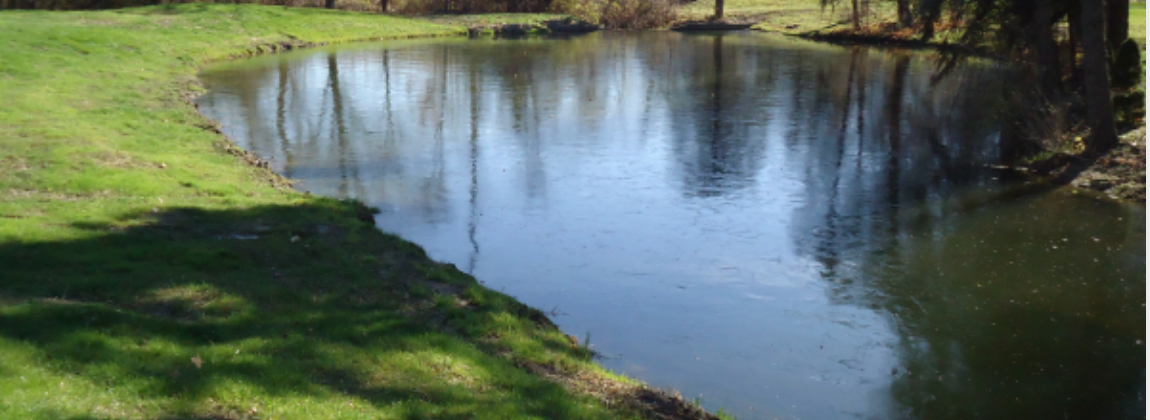Lily Pad

Commonly called lily pads in recognition of their broad, green leaves, and white and yellow flowers that bloom throughout the summer and add charm and beauty to many ponds and lakes. White water lilies have round leaves that look like floating plates and yellow water lilies have heart-shaped leaves that stand tall above the water and flutter in the breeze. In addition to their natural beauty, lily pads provide a host of benefits to lake ecology. Aquatic insects are attracted to the flowers and rest on their leaves and stems. Frogs and turtles seek the camouflage lily pads offer from predators. Fish hide among the stems, not only from each other but also from the sun. Lily pads grow in shallow water and buffer waves, protecting the shore from erosion. Despite these benefits, sometimes it is necessary to control their expansion to avoid lily pads from impairing lake access, and recreational activities. They can also cover the surface in just a few weeks reducing light penetration resulting in the decline of fish, invertebrates and aquatic plants.
Prevention
Water lilies spread from seeds and rhizomes. Seeds disperse through the water by wind and wave action, rhizomes can also break off and move through the water and establish in a new location. Waterfowl can also spread the plant between water bodies. The best prevention is to keep the size of the lily pad growth small and manageable.
Biological Control
Beneficial Bacteria products and enzymes such as PZ-900 feed on nutrients in the water making them unavailable for plant growth. Reducing nutrients can help prevent invasion.
Physical/Mechanical Control
Hand-pulling or cutting using an Aquatic Weed Eradicator (A.W.E.) or a Lake Rake can be successful for a small area if repeated on a regular basis. Cutting and harvesting must be done on a regular basis to maintain control. Plant material must be removed from the water body after cutting. Physical removal in conjunction with chemical control will maximize success.
Aeration has also been used as a mechanical approach to hinder lily pads proliferation. Water lilies prefer to grow in stagnant waters; aerators, such as water circulators or surface aerators will disrupt the surface of the water and can limit the growth of these plants.
Chemical Control
Aquatic herbicides made specifically for use in and around water are a safe and effective management tool. Aquatic herbicides are very successful in treating lily pads. Products such as Reward(Tribune), when mixed with a nonionic surfactant such as Cygnet Plus work very well at killing Lily Pads and assisting in gaining control over them.
Reward is a fast-acting contact herbicide, highly effective in killing any part of the plant that comes into contact with.
Cygnet Plus is a nonionic wetting agent, sticker, activator, and penetrant all in one. Cygnet Plus Increases the effectiveness of herbicides uptake into the plant tissue.
